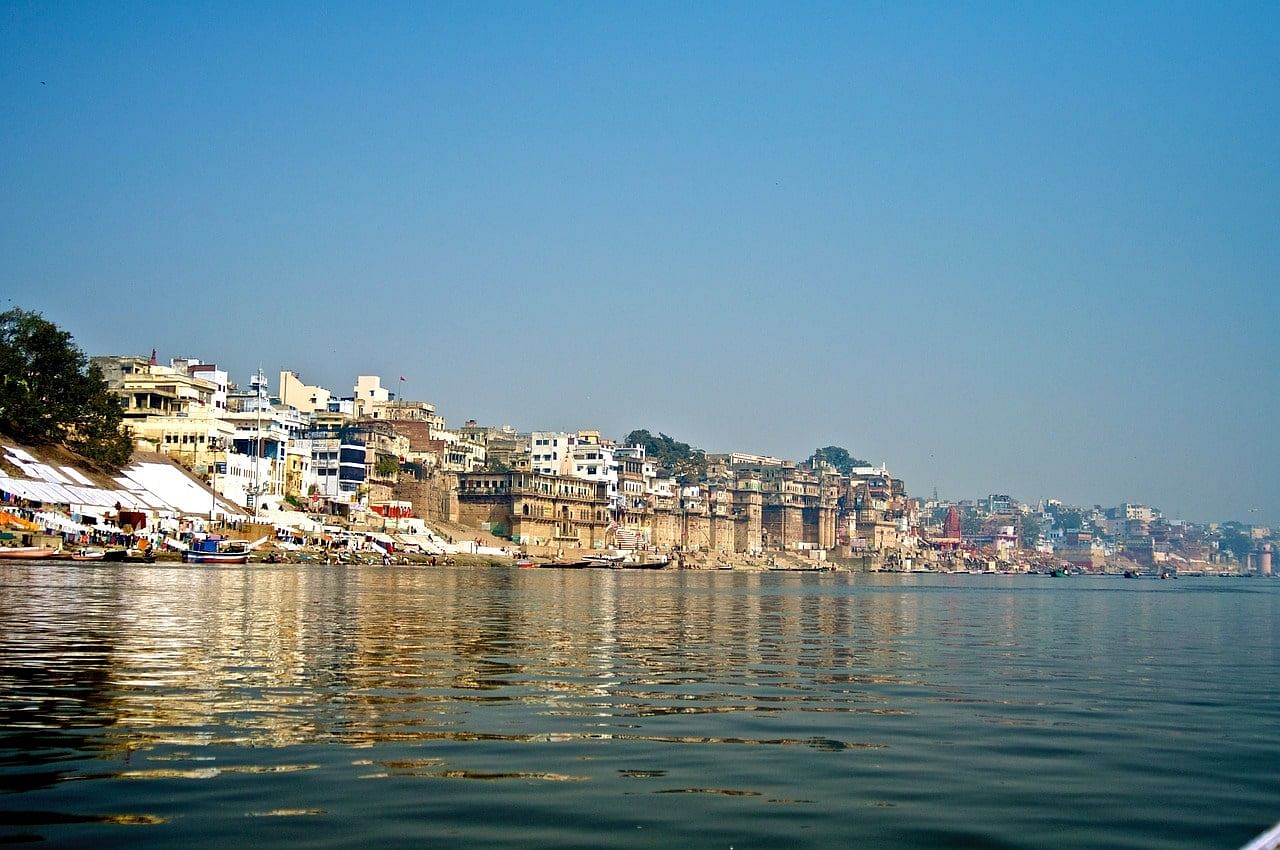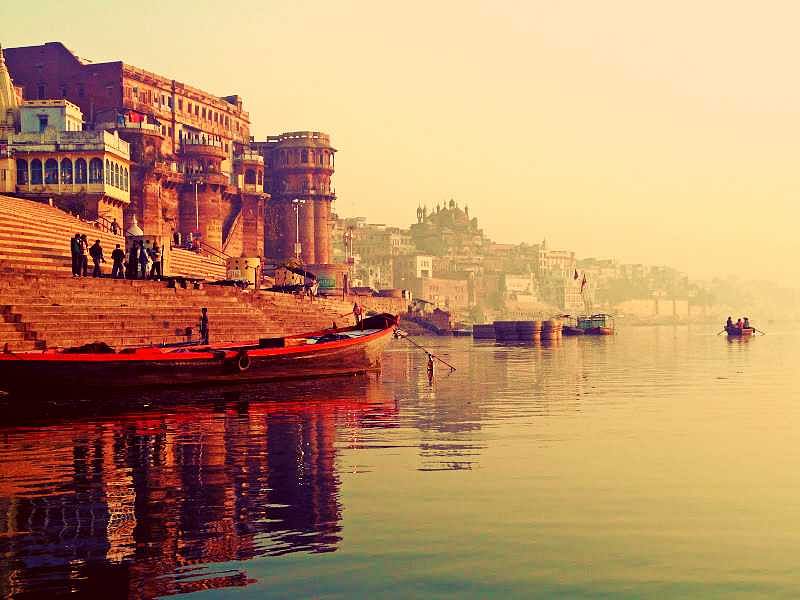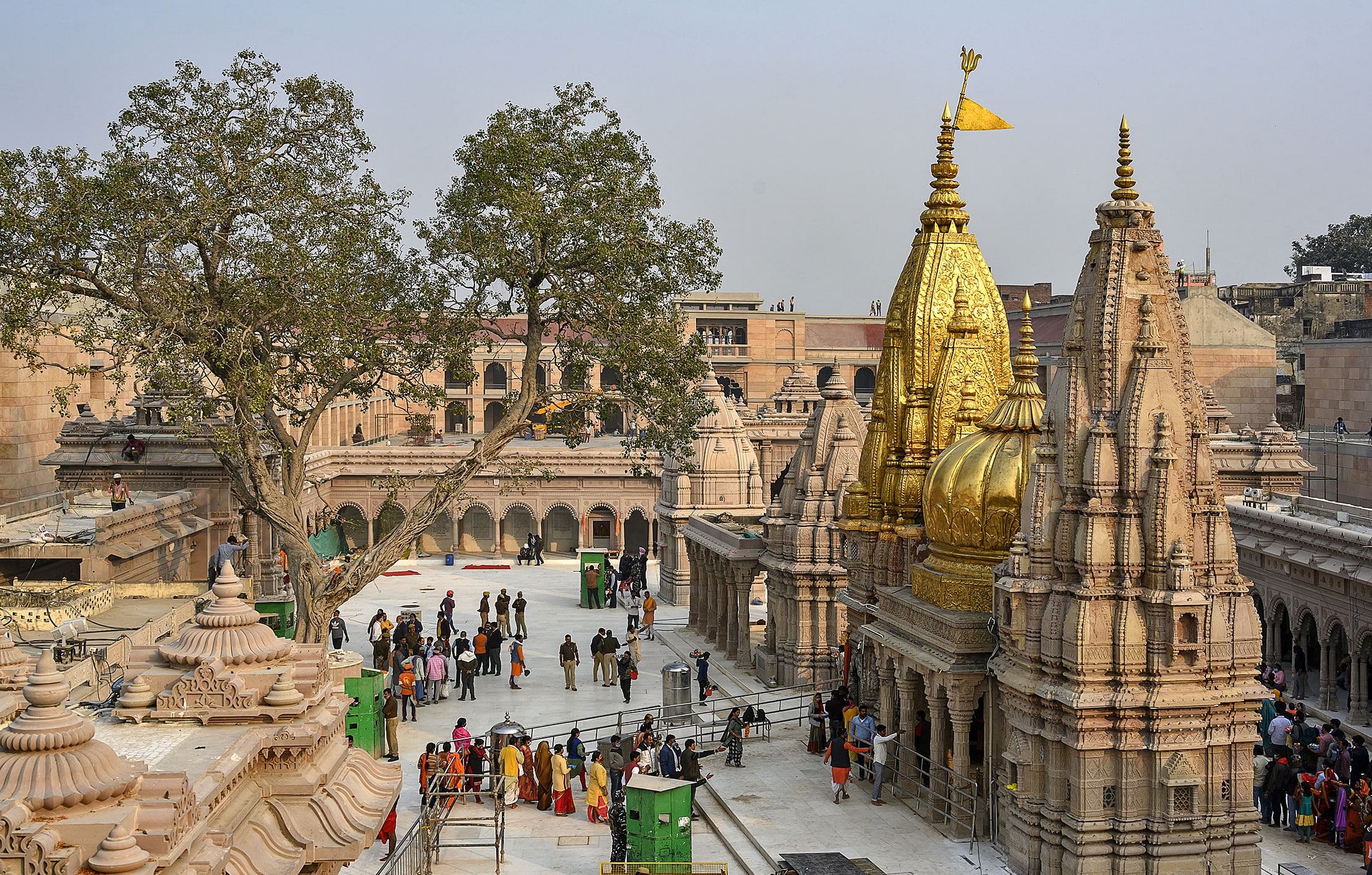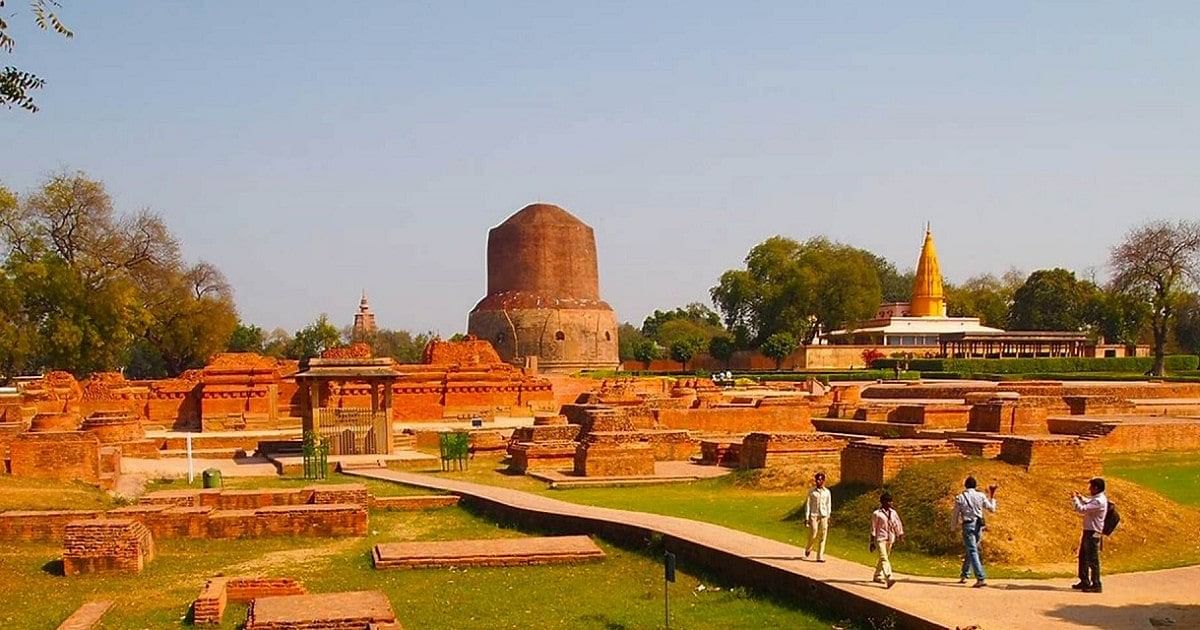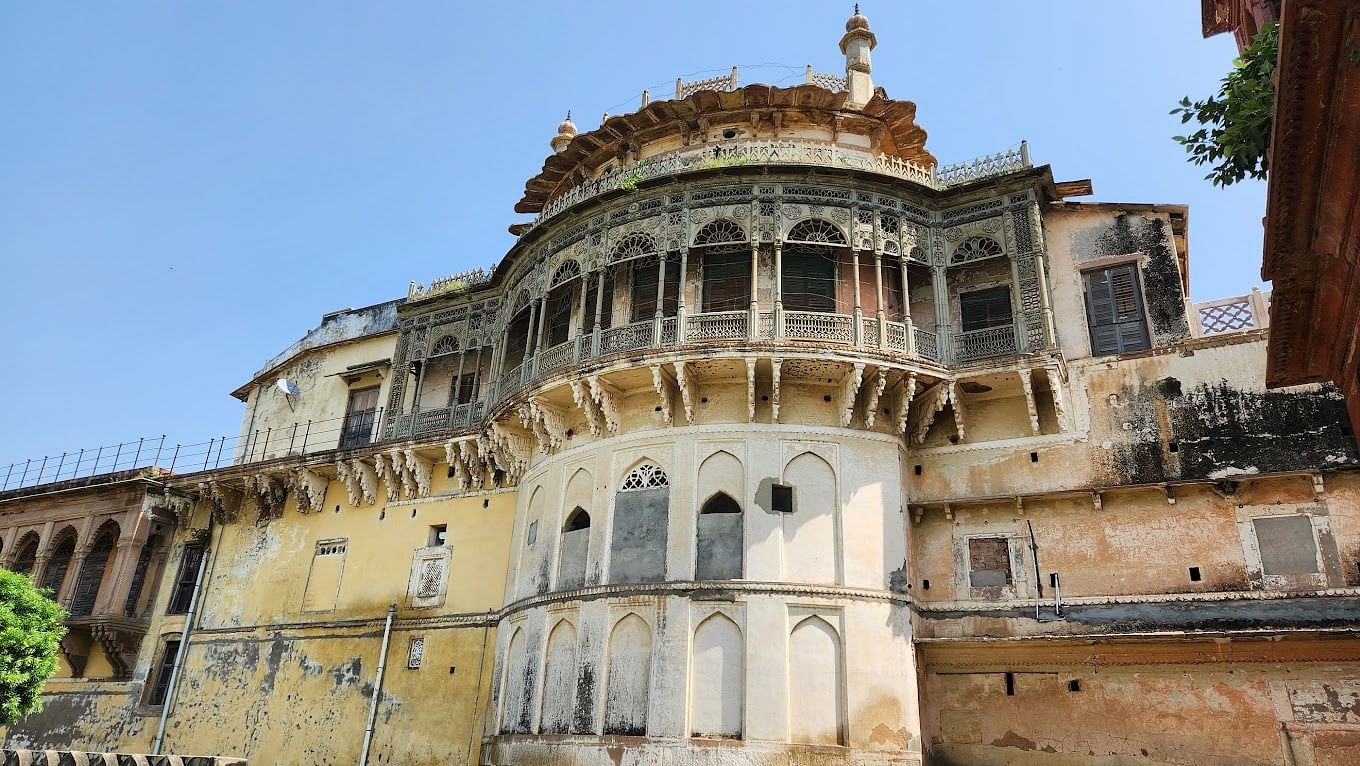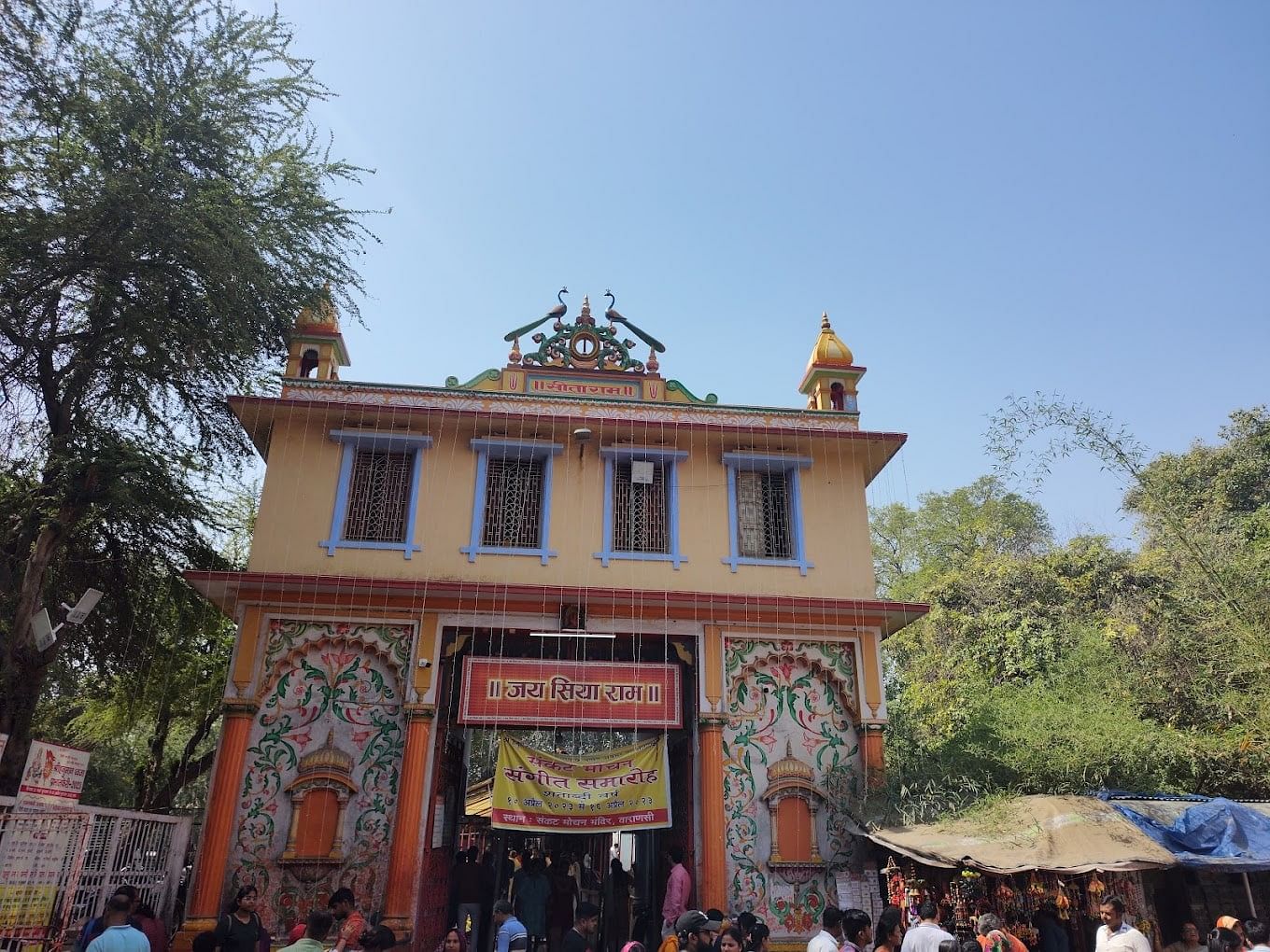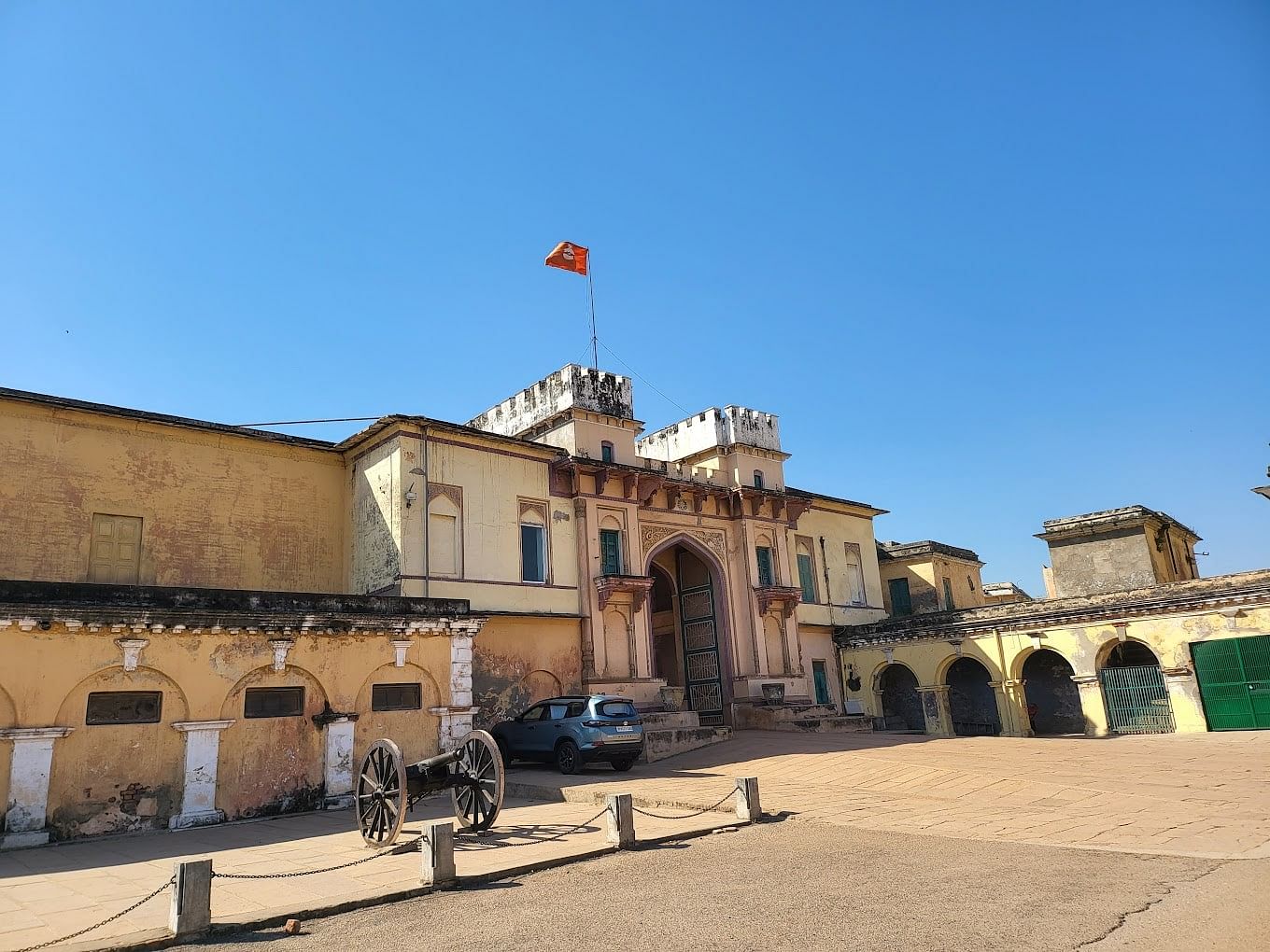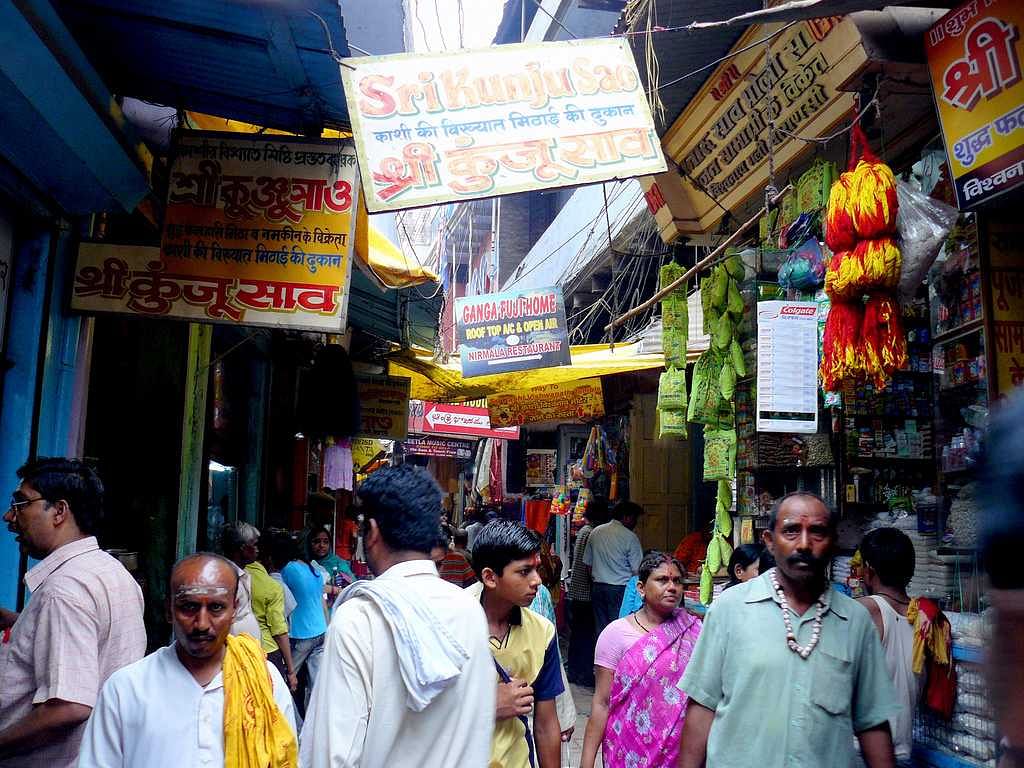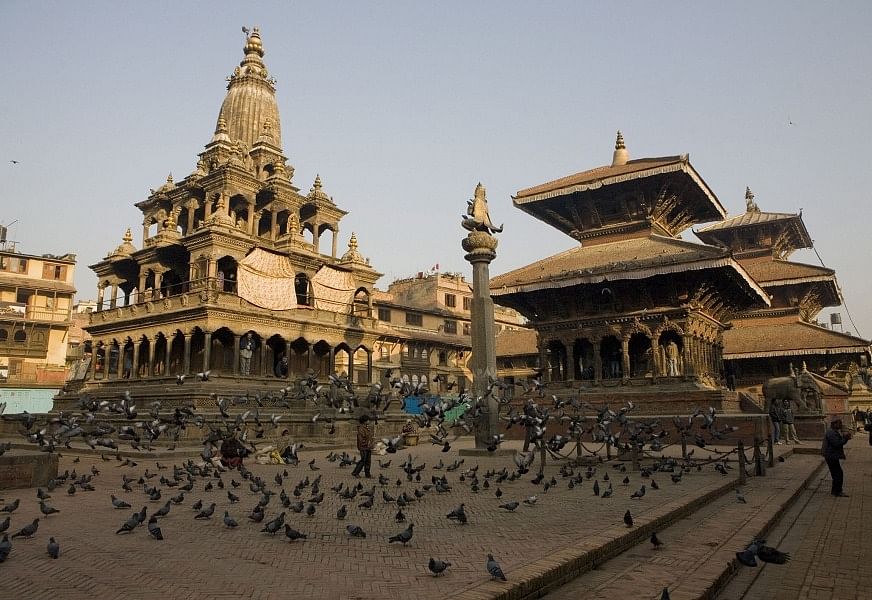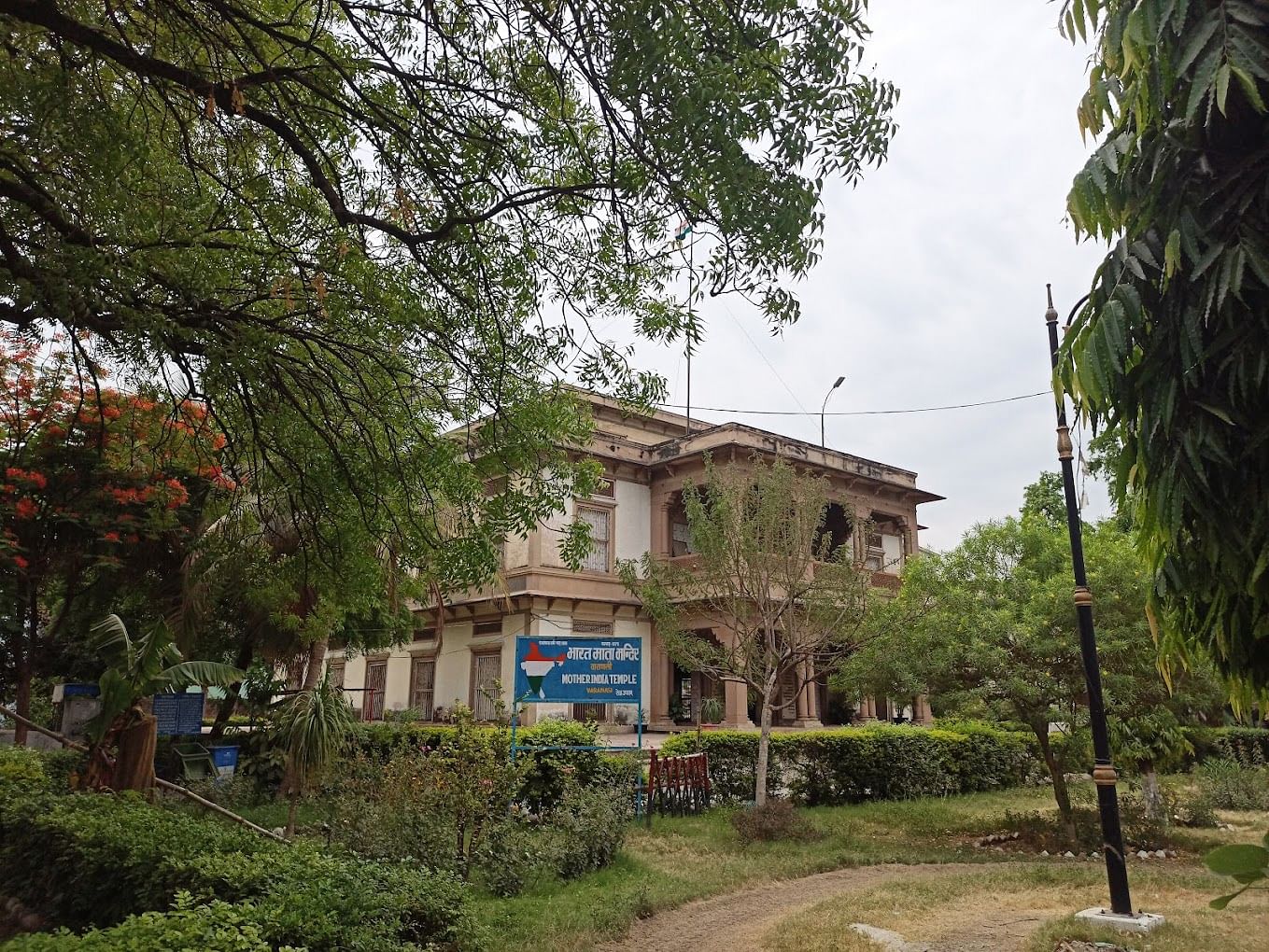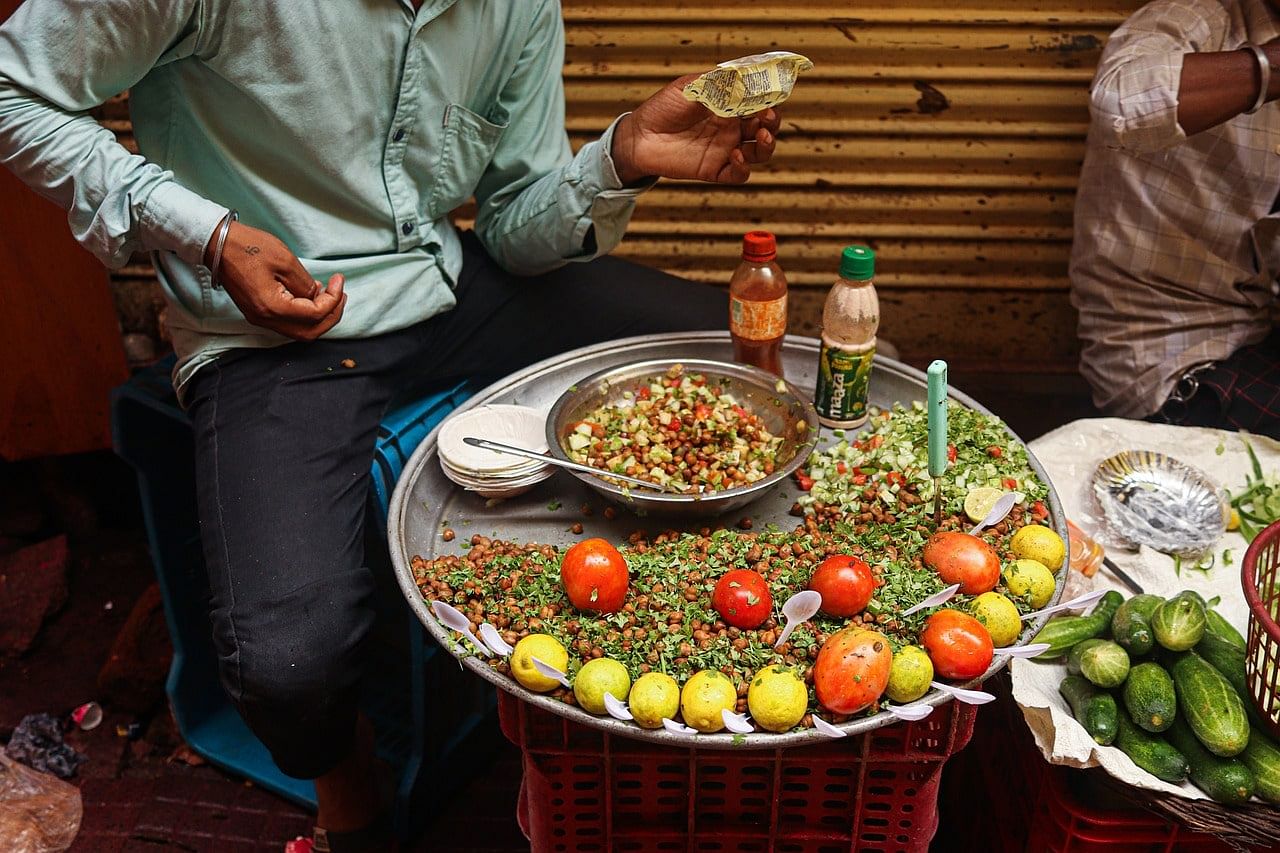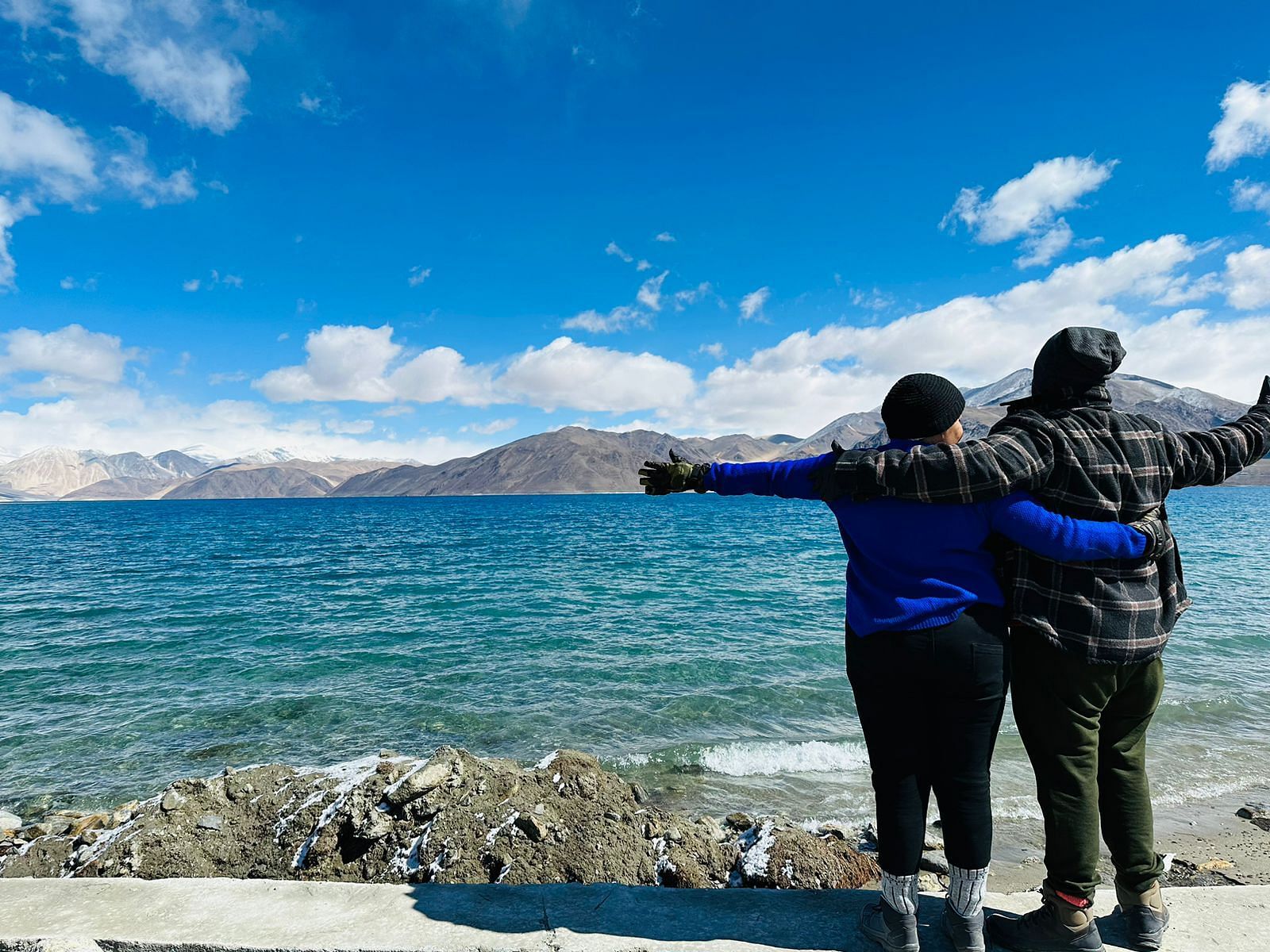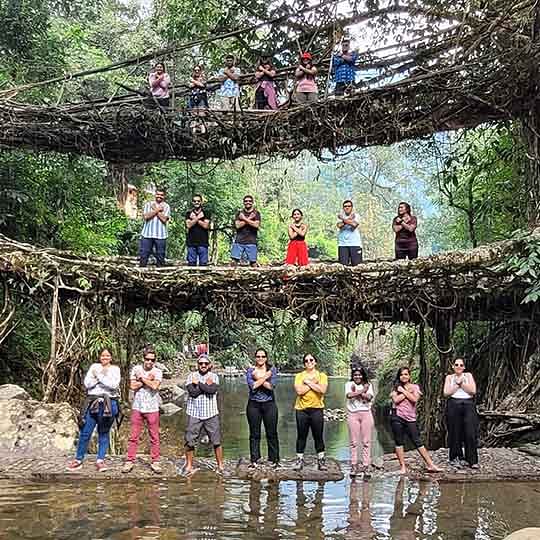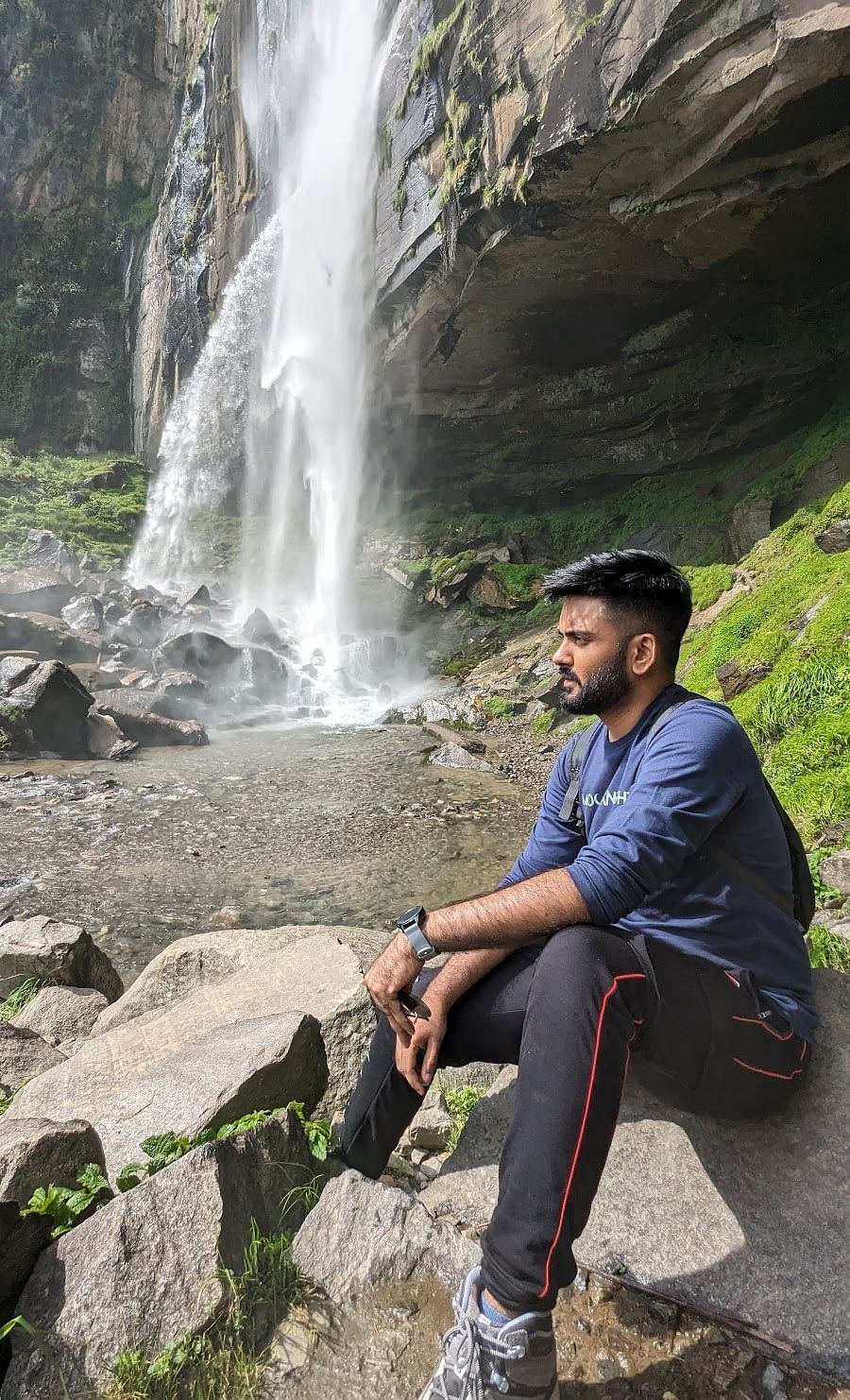“Varanasi where the Ganges whispers secrets, and souls find rendition”Welcome to Varanasi, the spiritual heart of India! This ancient city, situated along the banks of the sacred Ganges River, in the state of Uttar pradesh. There are many places to visit in Uttar Pradesh.Varanasi is the place where ancient traditions blend seamlessly with modern life. This city, often referred to as Kashi or Banaras,and it is one of the best spiritual destinations in Indian tours. As it is not just a pilgrimage site for millions of Hindus but also a treasure trove of history, culture, and vibrant local life.
Uttar Pradesh is a state that offers lot of things to do, and Varanasi offers a lot of things to explore……. This is one of the Historical places in India. When you step in this place you will feel the solace and your mind finds peace. Even if you’re not spiritual, you’ll still fall in love with Varanasi.The modern outer neighborhoods offer more room and follow a more organized layout. The holy city is encircled by a road called Panchakosi, and it is believed that Once in a lifetime one should walk through that road and visit the city.
Most of the people come to Varanasi in old age to stay there and die there so that they can find peace and solace in the external world.
If you are looking for the best places to visit in Varanasi, you’re in for a captivating journey that touches your soul and awakens your senses. Let’s explore the top attractions and must-see places in Varanasi in detail.
The ghats along the Ganga River are the heartbeat of Varanasi and provide a glimpse into the city’s deep spiritual roots.There are total 84 ghats in Varanasi and one check see those ghats in a boat ride.Some of the post popular Varanasi sightseeing places.Dashswamedh Ghat is the most famous of them all. This ghat is one of the oldest and most sacred ghats in the holy city of Varanasi. The bustling ghat is the site of the grand Ganga Aarti and is famous for Ganga aarti.
This ceremony takes place every evening in the Dashswamedh Ghat in Varanasi. Watching the priests perform the elaborate rituals with fire and chanting sacred mantras creates a mesmerizing and spiritual experience.
The aarti lasts about 45 mins. The hour-long ritual can be watched from the ghat or boats moored at the river bank. Devotees float smaller diyas on leaf platters in the river as an obeisance to the holy Ganga. The innumerable lamps flowing in the water make for an unforgettable sight.This is one of the places to visit in varanasi.
Manikarnika Ghat is another significant ghat in Varanasi. This Ghat is the highest position among other ghats by the holy scriptures in Hindu puranas. It is believed that goddess Sati or Adhi Shakti, jumped into the fire and immolated herself, Lord Shiva carried her burning body to the Himalayas.
He was overwhelmed by boundless grief there. Lord Vishnu, touched by his suffering, sent his Divine Chakra (one of his weapons), which sliced Goddess Adi Shakti’s body into 51 parts. Each place on Earth where her body parts landed was designated as a Shakti Peeth.
Since her earrings fell at this ghat, it was established as a Shakti Peeth and named Manikarnika, derived from the Sanskrit word “Manikarna”, meaning earrings. Manikarnika Ghat is known for its burning ghats and cremation rituals. Witnessing the rituals here can be a profound experience, reflecting the circle of life and death in Hindu belief. This is one of the places to visit in varanasi.
Assi ghat is a favorite among locals and tourists alike for its serene environment. It is located in the southern part of the holy city of varanasi at the joining of ganga and river Assis. Early mornings at Assi Ghat offer beautiful views of the sunrise over the Ganges, as people perform yoga and take holy dips in the river.
Assi Ghat varanasi famous for its evening aarti, most of the tourists visit this ghat to view the aarti and get a glimpse of local varanasi culture. Well there are so many mythological tales around this Assi ghat. It is believed that goddess Durga after killing Shumbha – Nishumbha, threw her sword which landed in this place and the spot where the sword landed gave rise to a river known as Assi.
According to another mythological tale, Lord Rudra (an aspect of Lord Shiva) became enraged with the Asuras and eradicated 80 of them at this very site. This is how it earned the name Assi, meaning “80” in Hindi. However, after slaying the Asuras, Lord Rudra regretted his actions and wished he hadn’t resorted to violence. Consequently, he renounced all forms of aggression and declared Varanasi as a symbol of non-violence. This is one of the places to visit in varanasi.
Harishchandra Ghat is also an important place, known for its traditional cremation rituals. It is believed that being cremated here leads a person to attain salvation. The ghat offers insight into the city’s age-old customs and beliefs surrounding life and death.
Why does the ghat have the name harishchandra ghat? Well there is an interesting story about this. It is believed that King Harishchandra, the great king of varanasi worked at the cremation grounds to establish the truth and justice.
The king gave all this kingdom and sacrificed his wife and son and passed his final test. The god was finally rewarded for his truthfulness and he rewarded him with kingdom, throne and son.
The legendary King Harishchandra story is narrated with as much zeal today as it was thousands of years back and his character is used as a perimeter to measure a man’s honesty and integrity of character.
A boat ride along the ghats, especially during sunrise or sunset is the world’s best sunset and it is a way to experience the beauty of Varanasi.
2. Kashi Vishwanath Temple
Kashi Vishwanath Temple is one of the most sacred Hindu temples in Varanasi, dedicated to Lord Shiva. This temple is one of the Jyotirlingas among the 12 Jyotirlingas In India that are must visit places.This ancient temple is a place of deep devotion and spirituality, drawing pilgrims from all over the country.The Kashi Vishwanath Temple was on the west side of the bank of Ganga river in Varanasi and it is dedicated to lord Shiva who has been worshiped here as Vishwanath or Vishweshwar for thousands of years. The number of devotees visit this temple in a year.
India is the land of festivals, culture, traditions and most of the devotees visit Kashi or Varanasi to take solace and get a dip in spirituality. No matter what season or month it might be, Varanasi is always full of life.
There were multiple earlier versions of the temple, potentially over a thousand years old. The first documented large-scale reconstruction was approved by the Mughal emperor Akbar in 1585. However, his great-grandson Aurangzeb ordered its destruction in 1699 and repurposed the debris for a nearby mosque.
The current structure, known as the Golden Temple due to the gold used in later plating its spires and domes, is believed to have been constructed in the 18th century by Ahalya Bai of the Holkar dynasty. The temple’s columns, beams, and walls are adorned with intricate carvings.
According to Hinduism, going to Varanasi and visiting the Kashi Vishwanatha temple and bathing in Ganges are important stages to get the liberation. Each year during Mahashivaratri, a grand procession is held from the Mahamrityunjaya Temple to the Kashi Vishwanath Temple.
Varanasi is a spiritual city and there are so many temples in Varanasi and you must visit the
- Vishalakshi temple, Shakti Peeth.
- Kalabhairava Temple
- Durga Maa Temple
- Annapurna devi
- Mritunjay Mahadev Temple
- Tulasi Manas temple
- Ratneshwar Mahadev
- Lalita Gauri temple
- Durga Kund
- Sankatadevi temple
And there are some Surya Kund temples, most people don’t know about. A special pooja was performed there. There are 12 surya.
- Arun Aditya
- Drupad Aditya
- Ganga Aditya
- Keshava Aditya
- Kakholkh Aditya
- Lolark Aditya
- Mayukh Aditya
- Sambha Aditya
- Uttarark Aditya
- Vimal Aditya
- Vriddh Aditya
- Yama Aditya
Sarnath, located 10 kms away from Varanasi but a must visit place. You can take a taxi or cab to reach Sarnath, as it is just a short drive from Varanasi. It is a serene site of great importance to Buddhists. It is believed to be where Gautama Buddha first taught the Dharma after attaining enlightenment and where the Buddhist Sangha came into existence.In the 4th century A.D., under the rule of the Gupta dynasty, Sarnath thrived as a hub for art and Buddhist sculpture. By the 7th century, Sarnath had developed into a significant center for Buddhist studies, housing thousands of monks in its monasteries.
There is a deer park in Sarnath, where Gautama Buddha preached his first Dharma sermon. Buddhism thrived in Sarnath because of its close location to Varanasi. Later Mauryan Emperor Ashoka constructed many of the structures in Sarnath a couple of centuries after the establishment of Buddhism. His remorse over the violent conquest of Kalinga (present-day Odisha) led him to embrace Buddhism and adopt a path of nonviolence. Ashoka enthusiastically built stupas and pillars throughout India to spread the religion.
The most renowned pillar is located in Sarnath. India’s national emblem, featuring four lions and a dharma chakra (a wheel symbolizing), is inspired by this pillar. The chakra also appears on the Indian flag.
In the 12th century, Turkish Muslim invaders ravaged Sarnath and many other Buddhist sites in North India. Subsequently, much of the Dharmarajika Stupa, originally built by Ashoka, was further demolished in the late 18th century for construction materials. However, Sarnath’s rediscovery spurred British archaeologists to excavate the site in the 19th and 20th centuries.
Today, the Indian government aims to secure Sarnath a “UNESCO World Heritage Site” status and is planning to develop top-tier facilities for pilgrims and tourists.Most of the tourists visit this place and explore, it gives a unique refreshment and peace. It is also a sightseeing place in Varanasi.
There are some places one must visit:
- Dhamek Stupa: This is the most significant structure here and a revered pilgrimage site for Buddhists.
- Chaukhandi Stupa: Marks the place where Buddha first met his 4 disciples.
- Sarnath Archaeological Museum: The house has an impressive collection of Buddhist artifacts and sculptures, including the iconic Lion Capital of Ashoka.
Sarnath offers a peaceful retreat from the bustling city and provides insight into the life and teachings of Lord Buddha.
Vyasa Kashi is a place where Maharishi Vyas settled down after being cursed by Annapurna Devi for his inability to control his hunger and deciding to curse Kashi. Vyas was prohibited from entering Kashi, so he chose to reside in Vyasa Kashi in the form of a Shivling. The Ramnagar Fort is located in Vyasa Kashi, on the other side of the Ganga River.Vyasa Kashi holds significant mythological importance in the Hindu tradition. It is believed that Maharishi Vyas, the legendary sage who composed the Mahabharata and several other Hindu scriptures, settled in this sacred place. According to the legend, Maharishi Vyas incurred the wrath of Annapurna Devi, the goddess of food, due to his inability to control his hunger. In his anger, he decided to curse Kashi (Varanasi).
As a consequence of his curse, Vyas was prohibited from entering the holy city of Kashi. In response, Vyas Maharishi settled in a place which came to be known as Vyasa Kashi. Here, he took the form of a Shivling, a representation of Lord Shiva. Devotees believe that his presence in Vyasa Kashi sanctifies the area, and pilgrims often visit to seek blessings and offer prayers.
One of the notable landmarks in Vyasa Kashi is the Ramnagar Fort, situated on the opposite bank of the Ganga River.
5. Sankatmochan hanuman temple
Sankat Mochan Mandir stands as one of Varanasi’s revered temples dedicated to the Hindu deity Hanuman, located in Uttar Pradesh, India. Established in the early 16th century by the esteemed Saint Poet Goswami Tulsidas Ji, it serves as the sacred abode of Lord Hanuman. This is also one of the must visiting sights in Varanasi.This majestic fort, built in the 18th century by the kings of the Kashi Naresh dynasty, stands as a symbol of the region’s rich heritage and royal legacy. It offers a glimpse into the architectural and cultural splendor of the bygone era, attracting tourists and history enthusiasts from far and wide. The fort is located on the eastern bank of the Ganges River, across from Varanasi.This is the house of Maharaja of Banaras. Raja’s Palace, housed within the fort, showcases a museum with an extensive collection of vintage cars, weapons, and manuscripts. The fort’s impressive architecture and lush gardens provide a tranquil escape.A visit to Ramnagar Fort is a delightful journey through history and offers an escape from the city’s hustle and bustle. There is a famous Durga temple in Ramnagar and its architecture is so beautiful. It is a must visit place in Varanasi.Vishwanath Gali is a bustling marketplace near the Kashi Vishwanath Temple,near the Dashashwamedh Ghat, famous for its vibrant shops and stalls.The street is lined with shops selling traditional sweets like jalebi and kachori, as well as a variety of local snacks and delicacies. There are shops also where you can buy the rudraksha (original), brass items and other spiritual items.Varanasi is famous for the muslin fabric and skills and this market is the perfect place to shop for silk saris, jewelry, and handicrafts unique to Varanasi.
The street is also home to several small temples and shrines, adding a spiritual touch to your shopping experience. Vishwanath Gali is an excellent place to soak in the local culture and bring back a few souvenirs to remember your trip.
Located about 30 kilometers from Varanasi, Chunar Fort is a historic site known for its scenic beauty and intriguing history.The fort dates back to the 11th century and has seen the rule of various empires over the centuries.Explore the fort’s ancient structures, such as the Darbar Hall and Sun Temple, and enjoy panoramic views of the Ganges River.The fort’s surroundings are peaceful and provide a great escape for nature lovers.Chunar Fort offers a blend of history, architecture, and natural beauty, making it a worthwhile day trip from Varanasi.Nepali Temple, also known as Kathwala Temple, is a stunning example of Nepali architecture in Varanasi.The temple’s intricate wood carvings and unique design make it a standout attraction.The peaceful surroundings and distinct cultural influence provide a different perspective on the city.The temple is located near Lalita Ghat, making it easily accessible for those exploring the ghats. A visit to Nepali Temple is a refreshing change and an opportunity to appreciate the diverse cultural influences in Varanasi.Bharat Mata Temple is a unique temple in Varanasi that celebrates Mother India. Unlike traditional Hindu temples, this temple features a marble relief map of India on the floor. The temple is a symbol of nationalism and unity, celebrating the diverse cultural heritage of the country. Visiting this temple offers a chance to reflect on India’s history and appreciate its geographical beauty.11. Local Cuisine and Street Food
“Banarasi Paan ki mithaas aur Shiv ji ki bhakti ki chhav puri duniya mein famous hai” Leaving Varanasi without tasting the street food of Varanasi and Paan is not complete.While exploring the best places to visit in Varanasi, don’t forget to indulge in the city’s mouthwatering local cuisine and street food.
The amount of vivid colors you find in their history and culture you will get much more taste in their food, which is the speciality of kashi- Varanasi.
One of them is Thatheri Bazaar. Want to have a mouth blasting day, start in the morning with chai. One of the oldest chai stalls, Laskshmi chai stall is a 90 years old chai stall. The shop opens in the morning at 4 am and closes around 12 at night. Their chai and malai toast is so famous. Must try one in Varanasi.
After having a good chai and toast it’s the time to have a good full breakfast and the most famous one Kachori Sabzi is a popular breakfast. Ram bhandar, Thatheri Bazaar is the oldest joint shop known for its Kachori Sabzi and the Indian Sweet Jalebi.
ShreeJi Sweets and Milk is also one of the famous places in Thatheri Bazar.The most famous sweet is malaiyo. The shop opens at 7 in the morning and closes by 11 in the night. Lassi and thandai are must-try beverages, perfect for cooling down on a hot day.
“Banaras aaye panda khaye to kya khas Banaras aaye” and as Amithab Ji said once
“khaike paan Banaras wala
Khuli jaaye band aqal ka tala”
Trying the Banarasi Paan is must, a betel leaf preparation with various fillings, is a traditional treat found on nearly every street corner.
Varanasi’s culinary scene is a treat for food lovers and provides a taste of the city’s rich heritage.
Varanasi is a city that captivates the heart and soul with its vibrant culture, ancient traditions, and breathtaking sights. Whether you’re exploring the sacred ghats, admiring the majestic temples, or indulging in the local cuisine, Varanasi offers a memorable experience that will stay with you long after you’ve left. Make sure to visit these best places in Varanasi and immerse yourself in the timeless allure of this enchanting city.



